
Many remember the distinct aroma and tiny, flavorful sliders of Royal Castle, a beloved burger chain with deep roots in both Miami, Florida, and Cleveland, Ohio. While these were two separate companies, both left an indelible mark on the palates and memories of their respective communities. In Miami, Royal Castle wasn’t just a restaurant; it was a local institution, the city’s very first burger chain.
This post dives into the captivating history of Miami’s Royal Castle, exploring its highs, its lows, and the enduring legacy that continues to this day. Consider this your all-access pass to the stories behind those little square… wait, round burgers! And who knows, maybe one day this will indeed become the definitive book on the Royal Castle System. In the meantime, we’d love to hear your Royal Castle memories in the comments below!


Royal Castle Hamburgers History
A Look Inside: Royal Castle – Miami Company
The Founding and the Flavor (1938)
Our story begins in 1938 when Ohio transplant William Singer, inspired by the success of the White Castle System, established Royal Castle in Miami. The very first location at 7957 NE 2nd Avenue may be gone, but its impact is still felt.
Singer clearly admired White Castle, which had been serving up its iconic square sliders in Ohio for over two decades. However, when White Castle finally arrived in South Florida in 1959, they found Royal Castle firmly entrenched in the hearts (and stomachs) of Miami’s mini-burger enthusiasts.
So, what made the Miami Royal Castle burger unique? As the Miami Herald’s Jeffrey Weiss aptly described:
They were round – unlike their square, northern White Castle counterparts – perhaps two half dollars wide and not much thicker, fried to within an inch of their lives and topped with minced fried onions and a couple of pickle slices.
Miami Herald’s Jeffrey Weiss
But Royal Castle was more than just burgers. Their breakfast was equally renowned. Imagine freshly squeezed orange juice, eggs cooked in butter, and coffee served with rich, heavy whipping cream – a truly royal way to start the day!
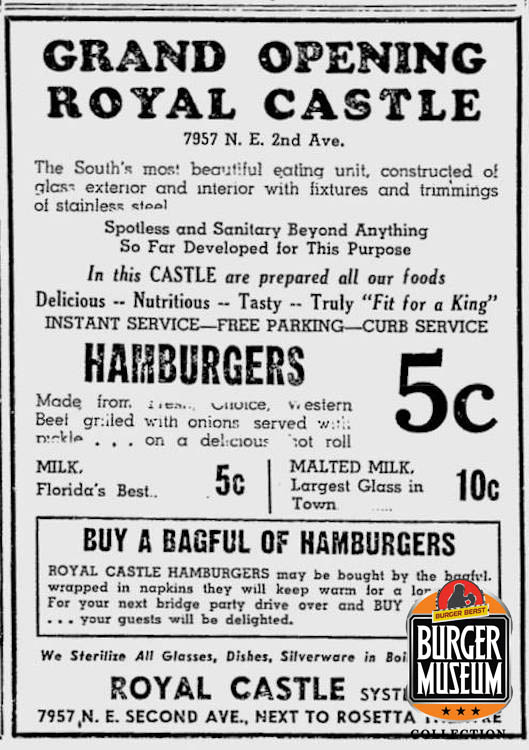

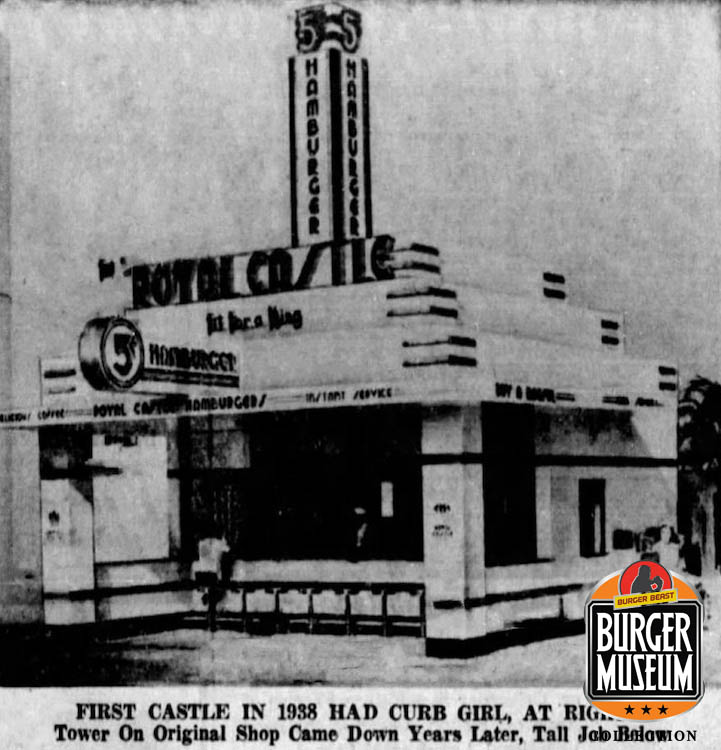

During its initial week, that first Royal Castle store raked in a respectable $245, a testament to its immediate popularity. By the mid-1960s, the company had grown to an impressive network of over 200 locations.
Interestingly, the first twenty Royal Castle buildings were open-air structures. A later disagreement with local authorities led to the shift towards the enclosed, flat-top, glass-fronted design we still associate with Royal Castle today.
These iconic buildings, often featuring the “Fit for a King” slogan embedded in their terrazzo floors, were a signature of the brand.
COOL FACT: Before he built his McDonald’s empire, Ray Kroc sold multimixer shake machines to Royal Castle while working for Prince Castle!
The Ride: Going Public and a Change of Hands (Mid-1960s – 1970)
Royal Castle went public in 1965, marking a new chapter for the company. However, in February 1969, the reign of the original owners came to an end when Royal Castle was sold to Performance Systems Inc., the owners of Minnie Pearl’s Chicken.
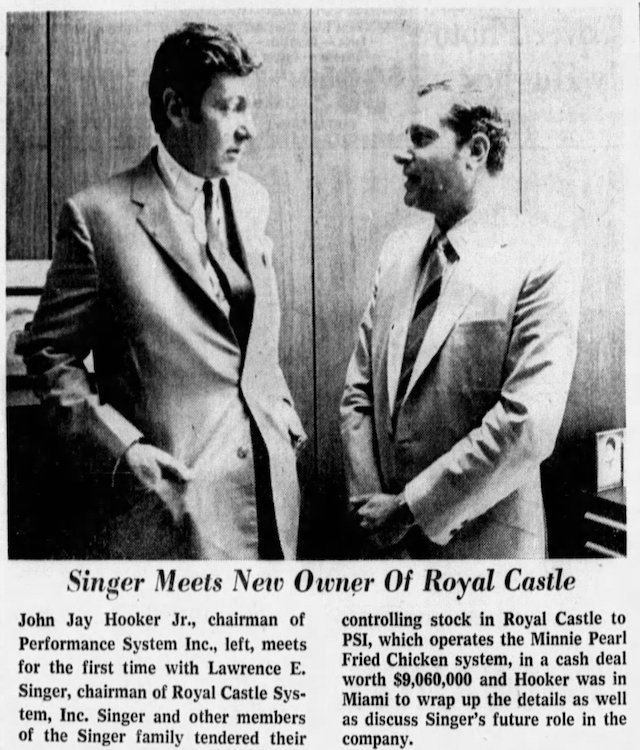

Unfortunately, Performance Systems soon found itself embroiled in a scandal involving the Securities and Trade Commission and their franchise fee reporting methods. By September 1970, the company announced a staggering $39 million loss, putting them in dire financial straits. To recoup losses, Performance Systems began selling off Royal Castle locations where the real estate value outweighed the restaurant’s profitability.
Untold Stories: Forgotten Royal Castle History
Delving deeper into the past reveals some fascinating and, at times, troubling aspects of Royal Castle’s history. The very first location employed female carhops in flared pants – a detail that seems almost quaint when you learn that women wouldn’t work inside a Royal Castle restaurant again until 1967.
The most difficult part of the company’s history to confront is the period when Black customers were not permitted inside Royal Castle locations and could only order from an outdoor take-out window. This discriminatory practice finally changed in the mid-1960s.
A significant turning point came when James N. Brimberry became the first Black employee to work inside a Royal Castle restaurant. In a remarkable twist of fate, James went on to purchase seven Royal Castle locations.
Even after the company’s bankruptcy in 1975 and subsequent liquidation in 1979, James Brimberry single-handedly kept the Royal Castle flame alive for many years. Today, his family proudly carries on this legacy.
Hollywood Royalty: Royal Castle on the Silver Screen
Royal Castle’s iconic look and local presence even landed it roles in some notable productions, including the James Bond classic Goldfinger and the Academy Award-winning film Moonlight (2017).
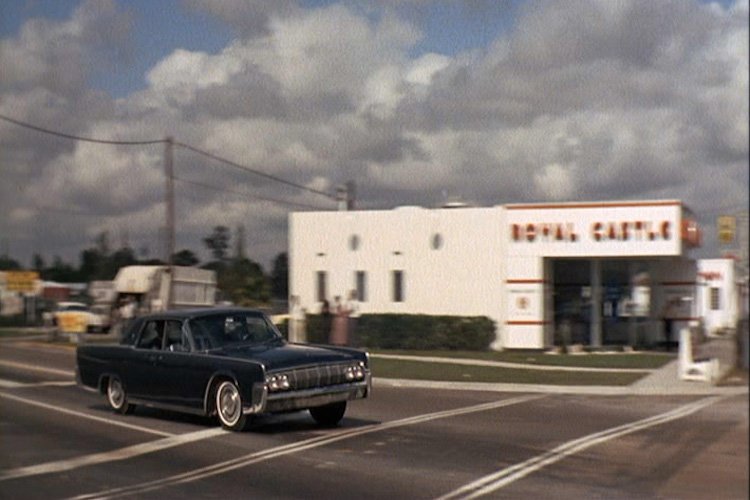

The Northern Cousin: Royal Castle – Ohio Company
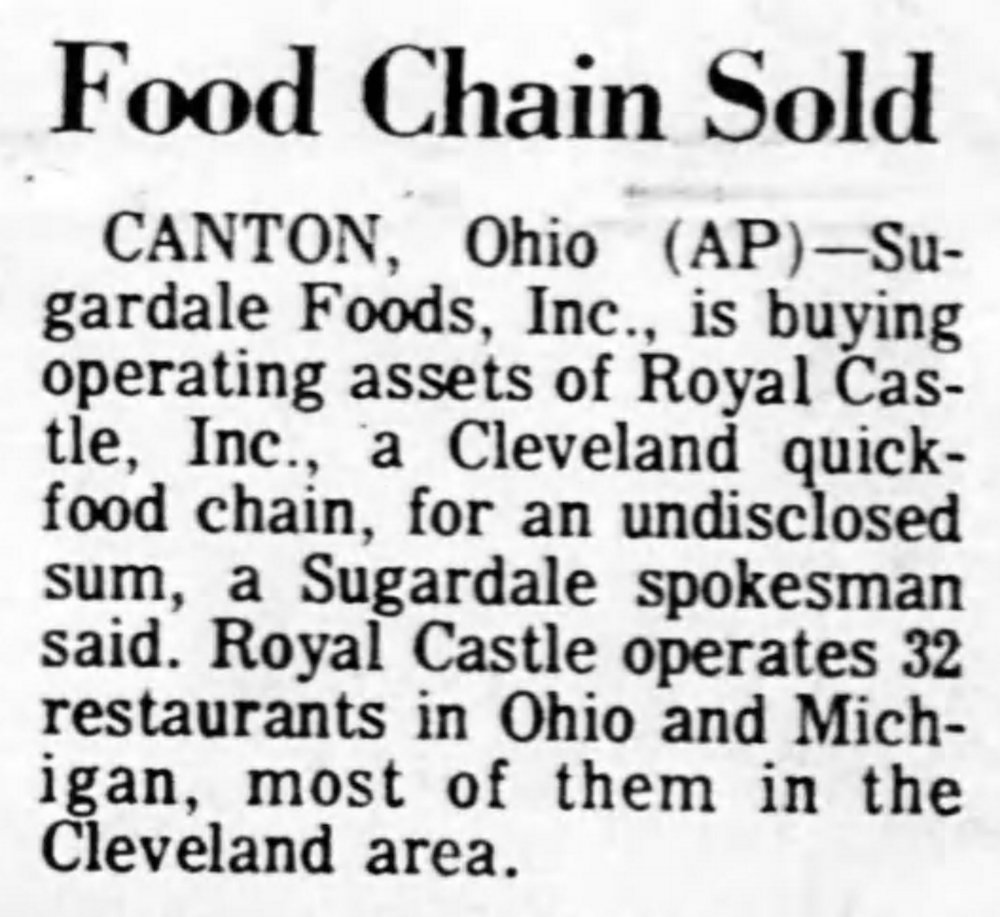

It’s easy to assume that all Royal Castle restaurants were part of the Miami-based chain, which did expand into Georgia and Louisiana. However, a separate Royal Castle company operated in Cleveland, Ohio, and parts of Michigan. Founded in 1940 by William Singer’s brother, Samuel, the Ohio-based restaurants bore a striking resemblance to their Miami counterparts.
Interestingly, while the Miami locations struggled in the early 1970s, Sugardale Foods Inc. acquired the 32 Ohio and Michigan locations in 1973. Sadly, due to poor performance, Sugardale closed all of these northern Royal Castles by 1975.
The Road Not Taken: Franchising
Despite its popularity, Royal Castle’s attempts at franchising never quite took off. Here’s a glimpse into a franchising pamphlet from the late 1960s:














Mapping the Kingdom: Royal Castle Locations
At its peak, the Miami Royal Castle boasted an extensive network of restaurants. Here are a few glimpses of their expansion:
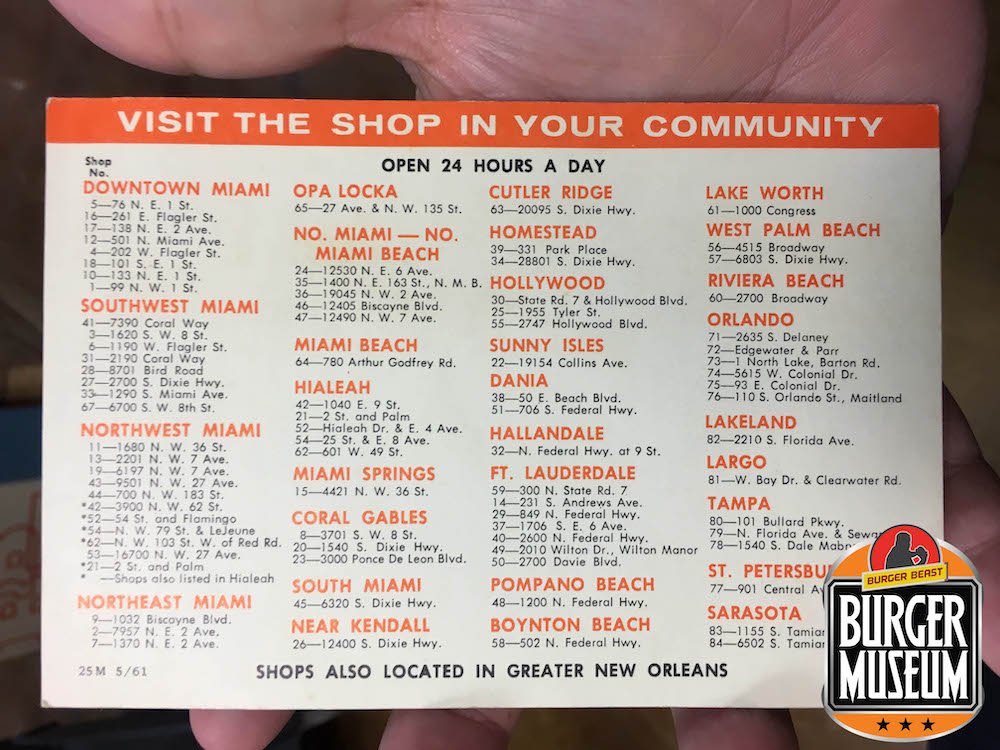

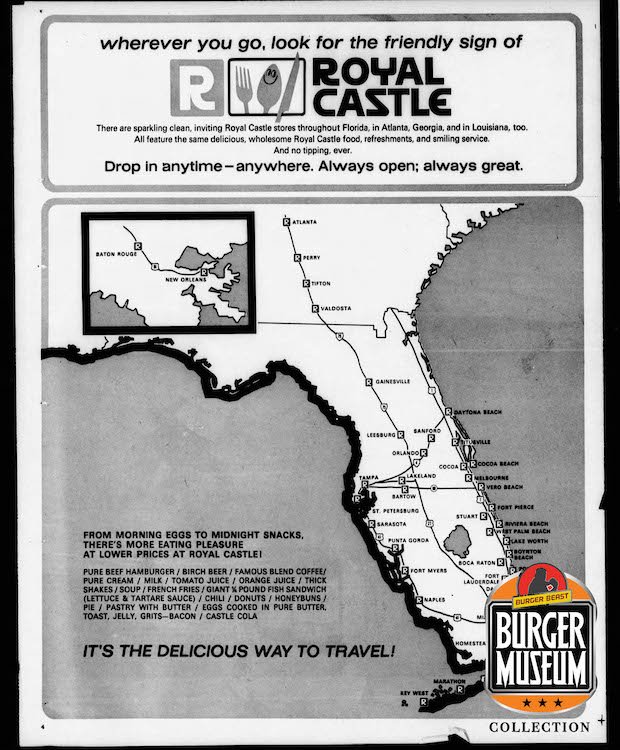

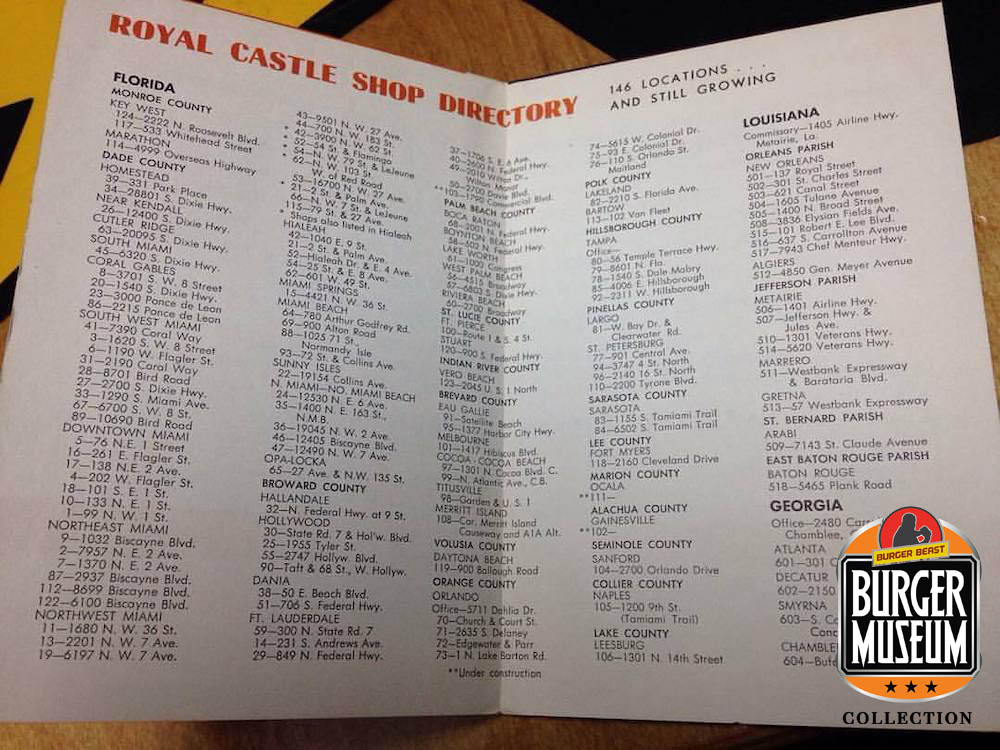

The Heart of the Operation: Royal Castle Commissary
To support its growing number of restaurants, Royal Castle built a large commissary along the railroad tracks in Hialeah in 1958. This facility not only provided the necessary supplies but also housed a 24-hour restaurant. The original building still stands today, a silent testament to the chain’s past.
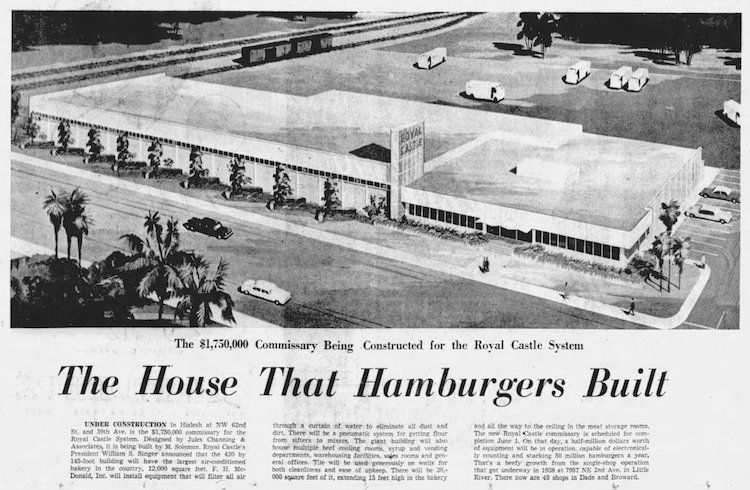

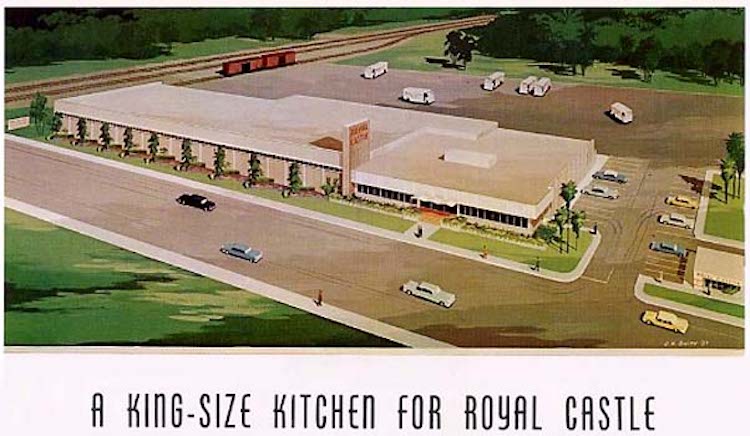

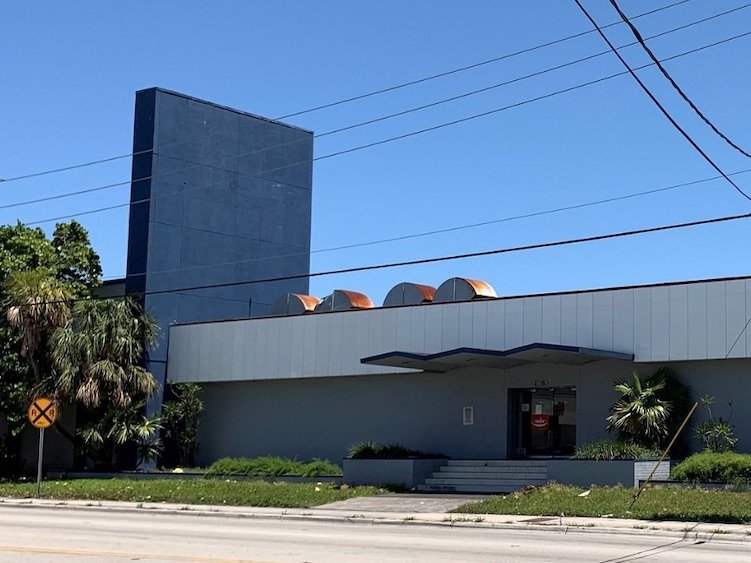

From Burgers to Businesses: Repurposed Royal Castle Buildings
The distinctive architecture of Royal Castle buildings made them easily recognizable. Many of these structures have been repurposed and continue to serve the community in new ways:


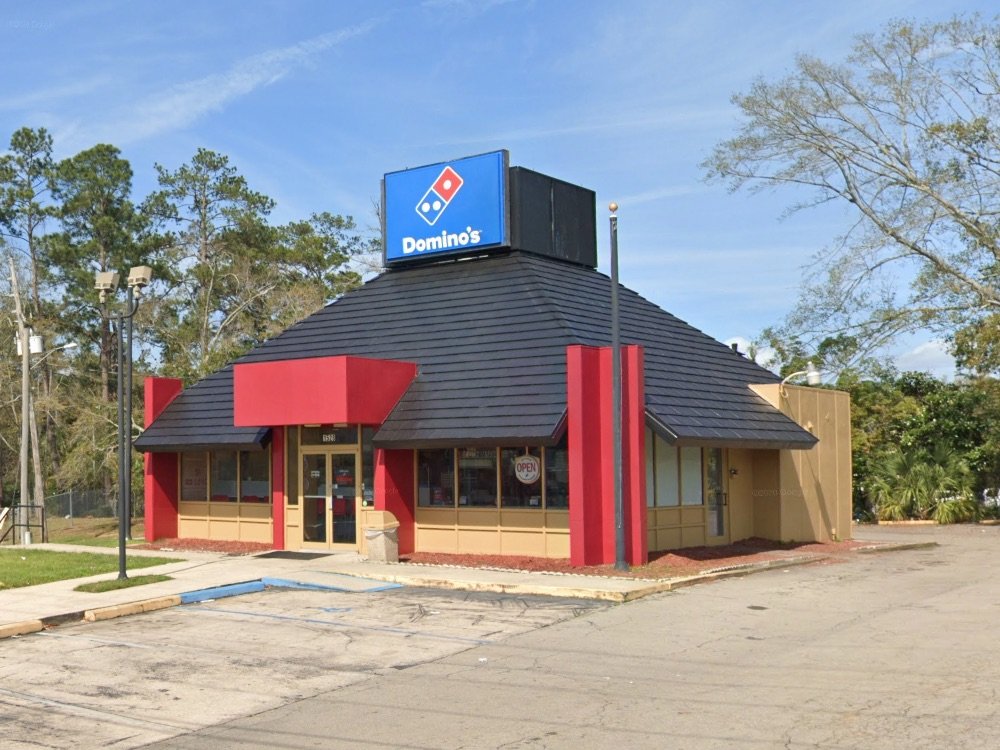

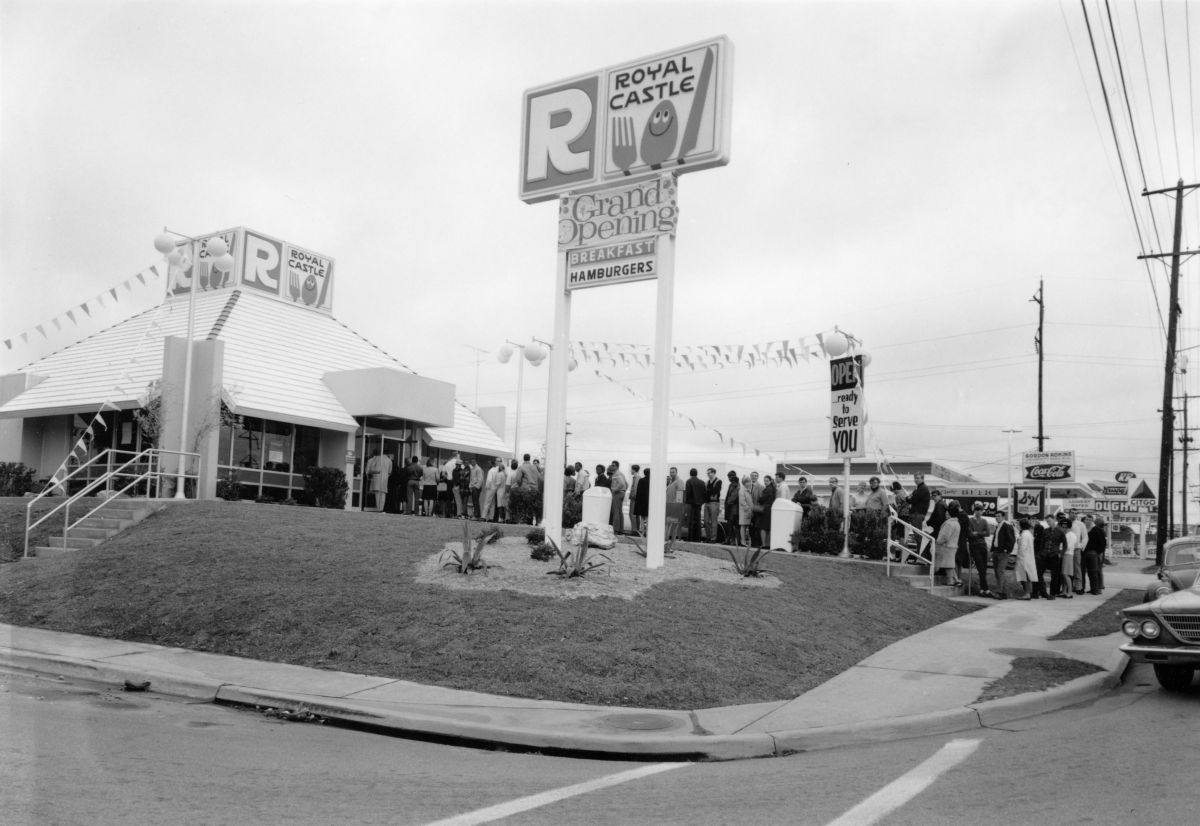

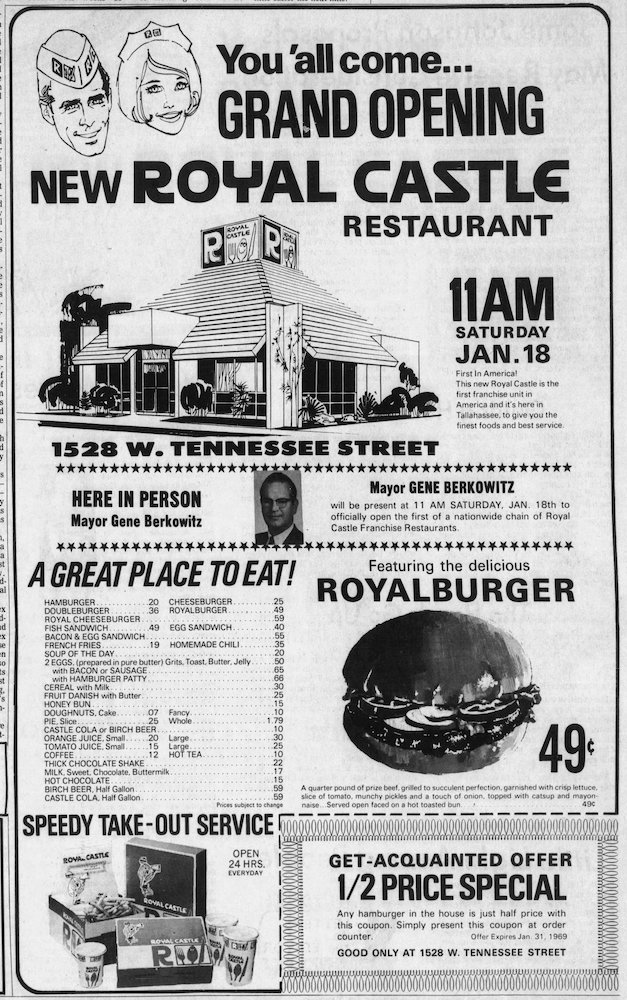

- Entenmann’s Bakery Outlet (permanently closed): 6700 Pembroke Road, Pembroke Pines, FL
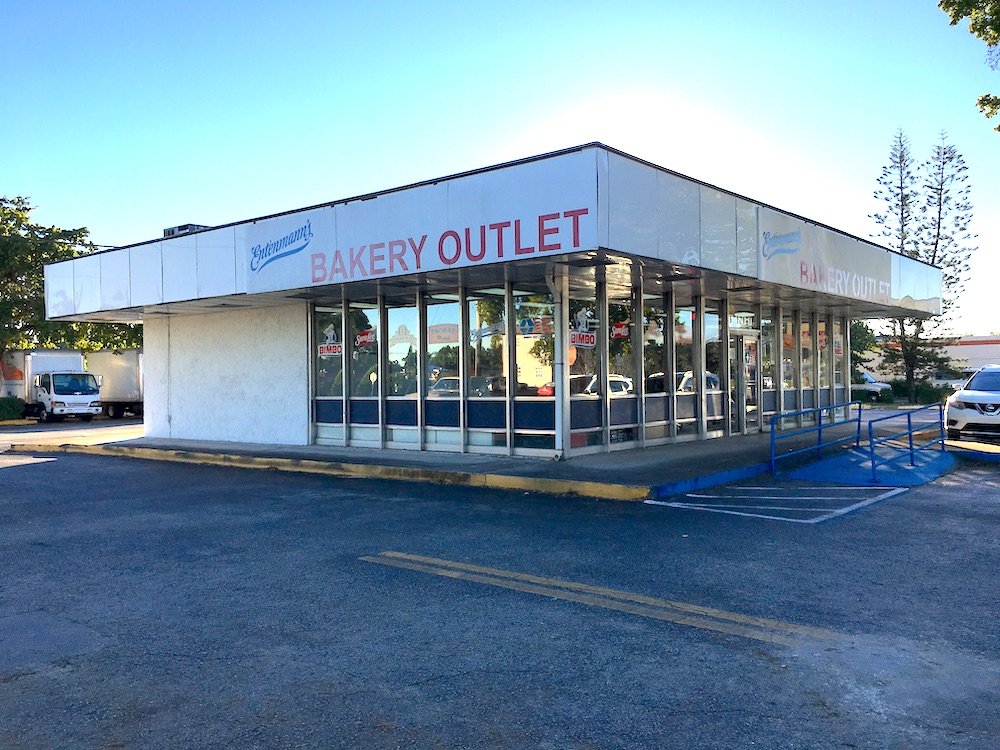



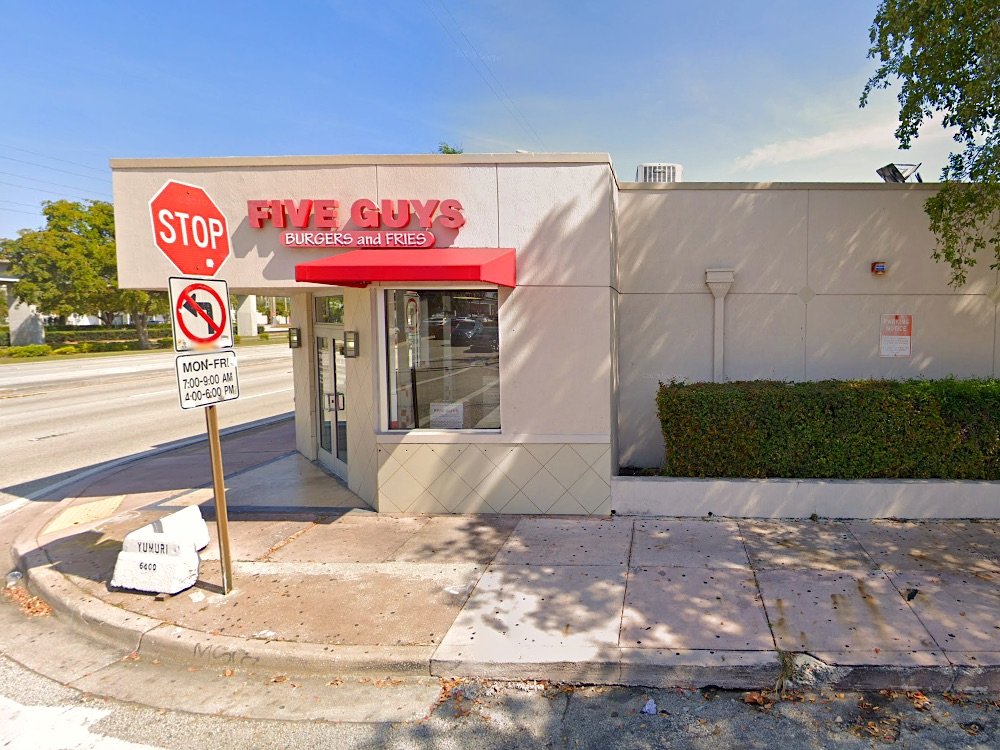

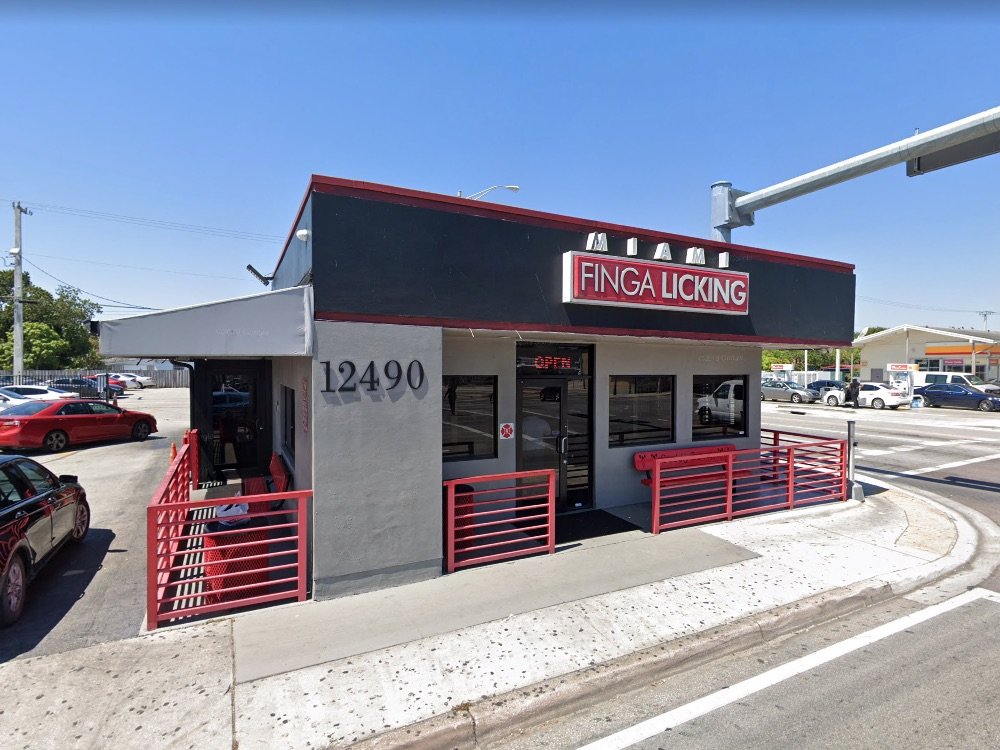

- La Cruzada Restaurant: 331 Park Place, Homestead, FL (another terrazzo sighting!)
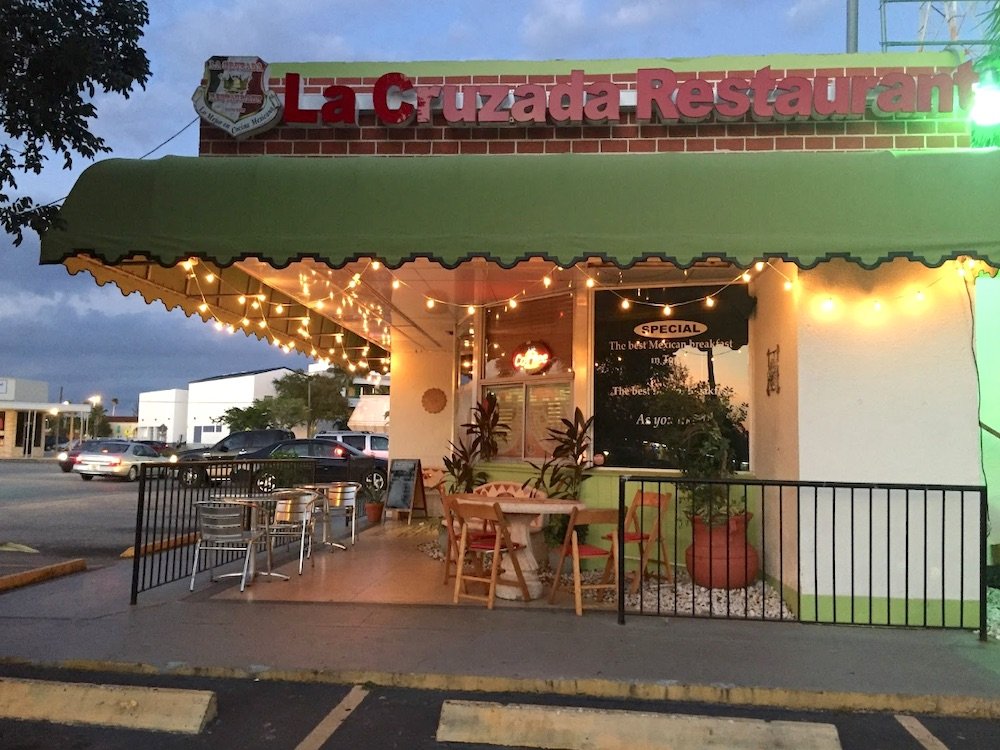

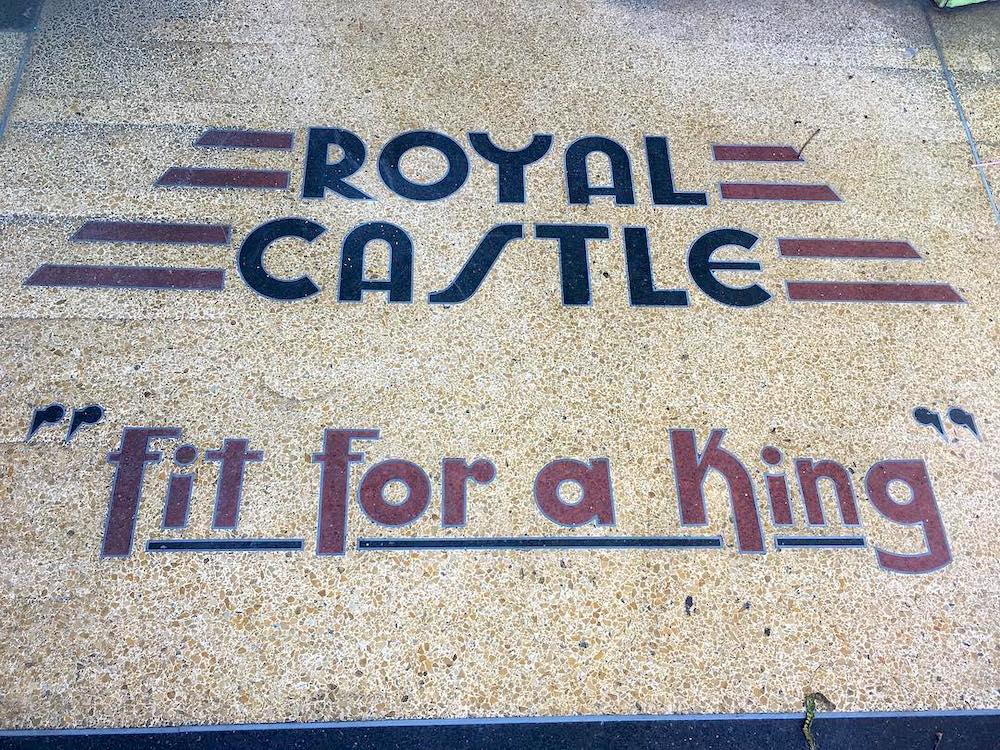

- Mr. Quick: 5615 W Colonial Drive, Orlando, FL (yes, the terrazzo is there too!)
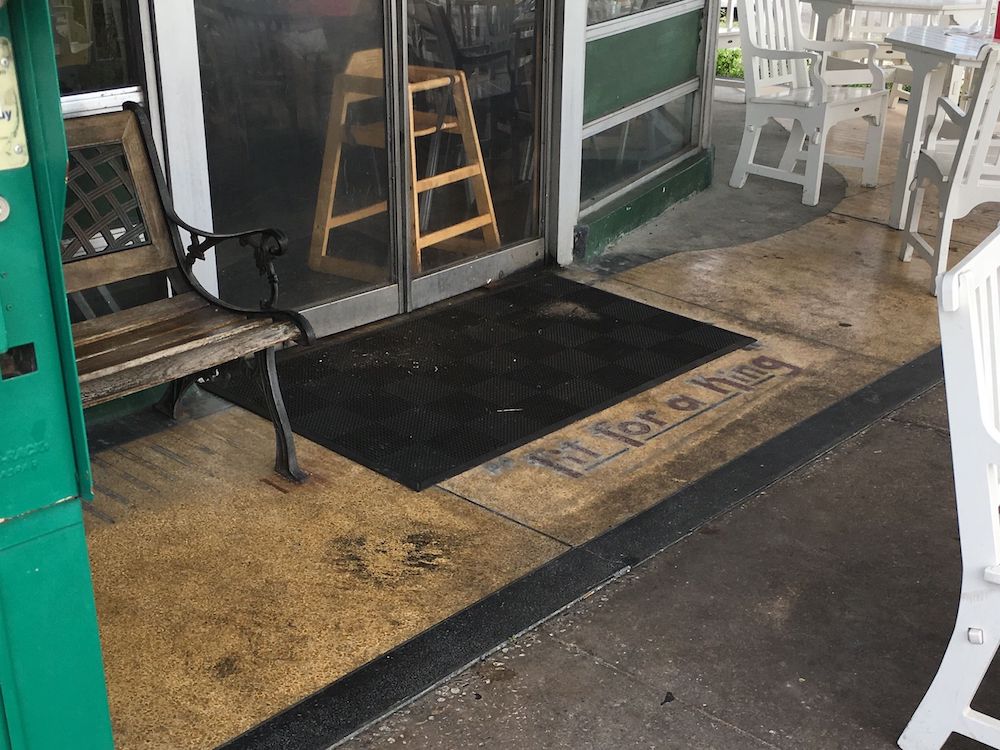

- Pacifico Chinese: 1098 W 29th Street, Hialeah, FL
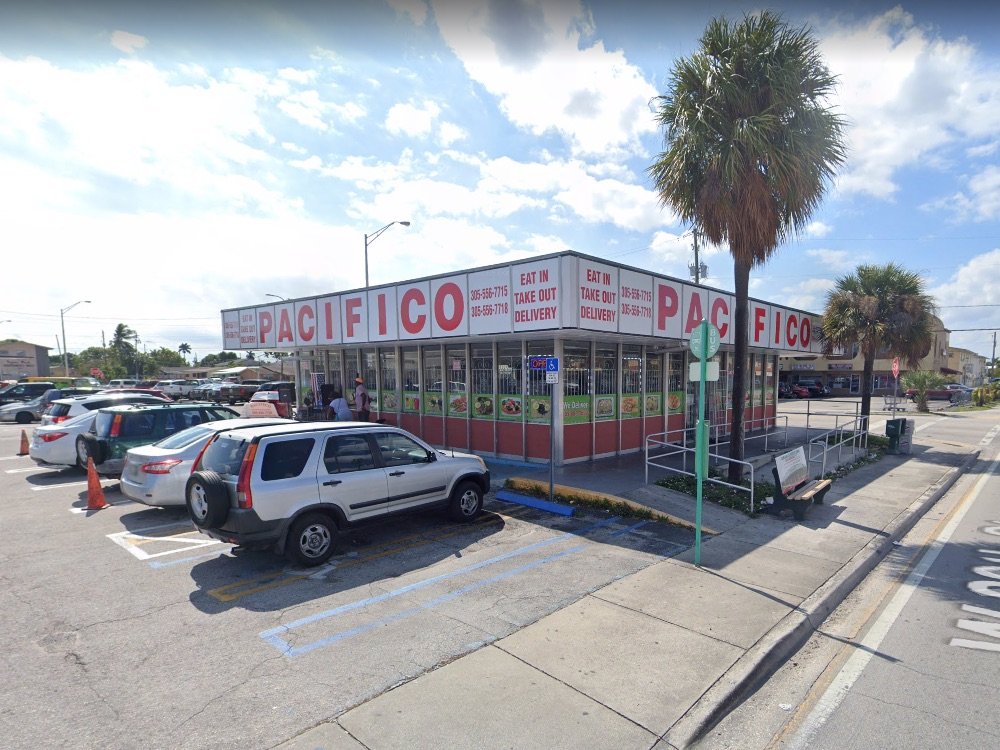

- Estrella Insurance: 3701 SW 8th Street, Miami, FL


A Look Back in Print: Newspaper Ads Over the Years
These vintage newspaper ads offer a nostalgic glimpse into Royal Castle’s marketing and promotions throughout its history:














The Royal Word: The Royal Spatula Newsletter
For avid Royal Castle fans and collectors, “The Royal Spatula” company newsletter is a prized piece of memorabilia.
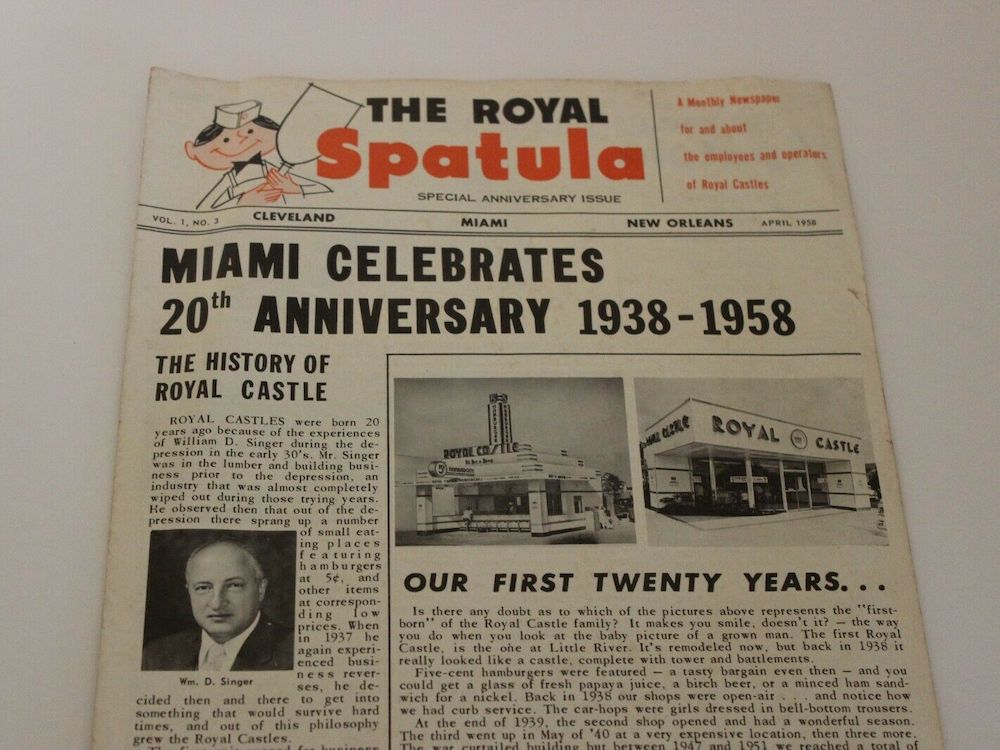

A Taste of Home: Royal Castle Birch Beer
Royal Castle’s famous house-made Birch Beer, along with Castle Cola, eventually made its way into Florida and Ohio supermarkets, allowing fans to enjoy a taste of Royal Castle at home.
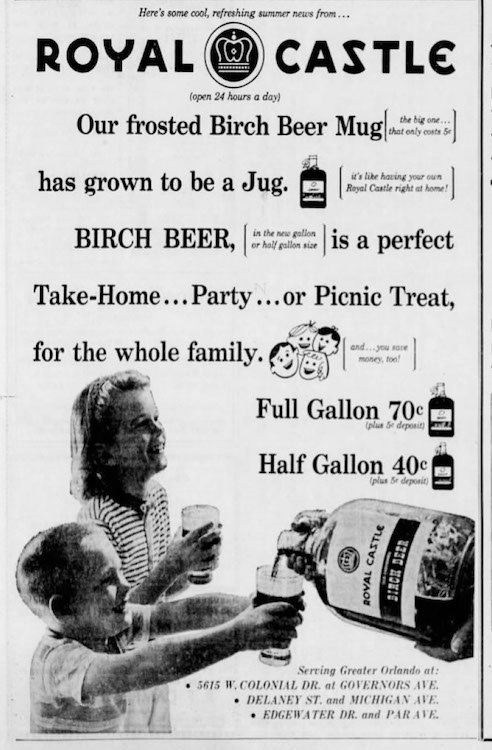

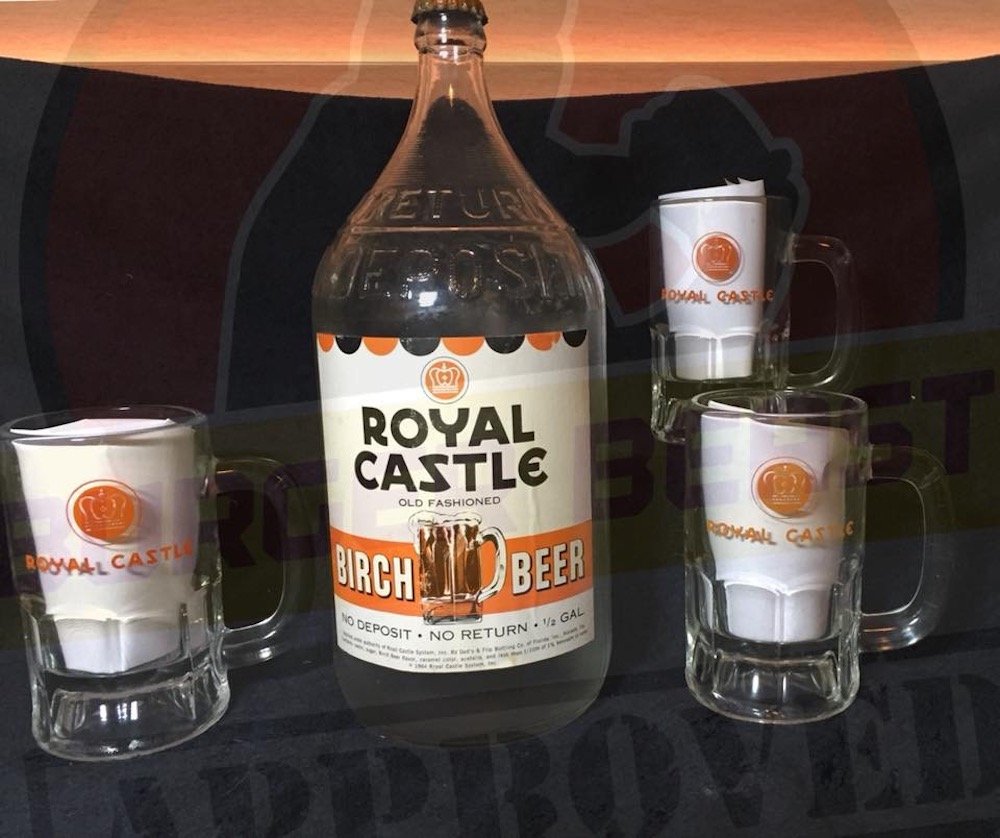

Beyond Burgers: Other Royal Castle Ventures
Royal Castle also dabbled in other business ventures:
- Royal Sky Campground (1972-1976)
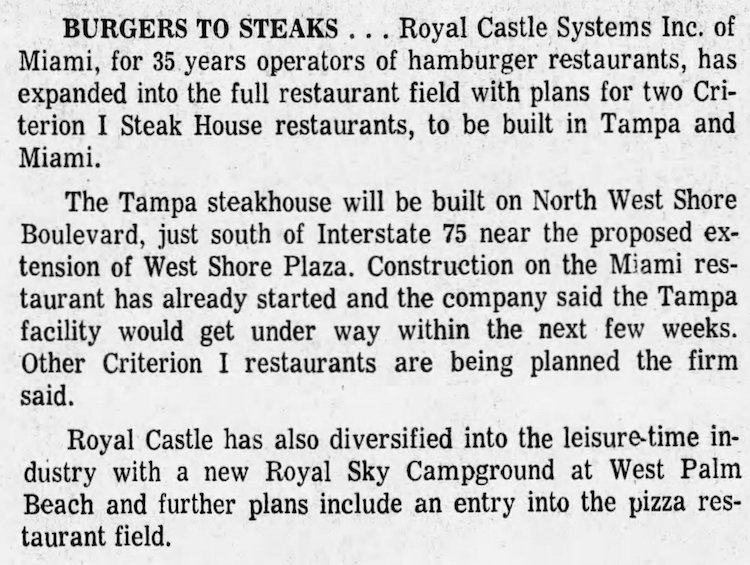

Criterion I Steakhouse (1973-1975)
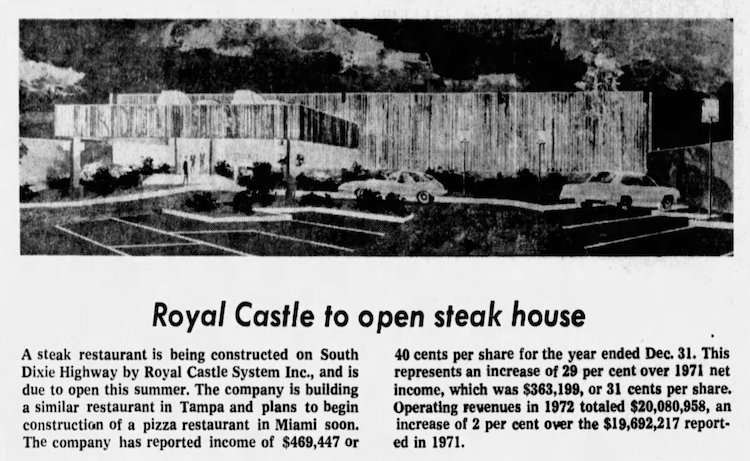

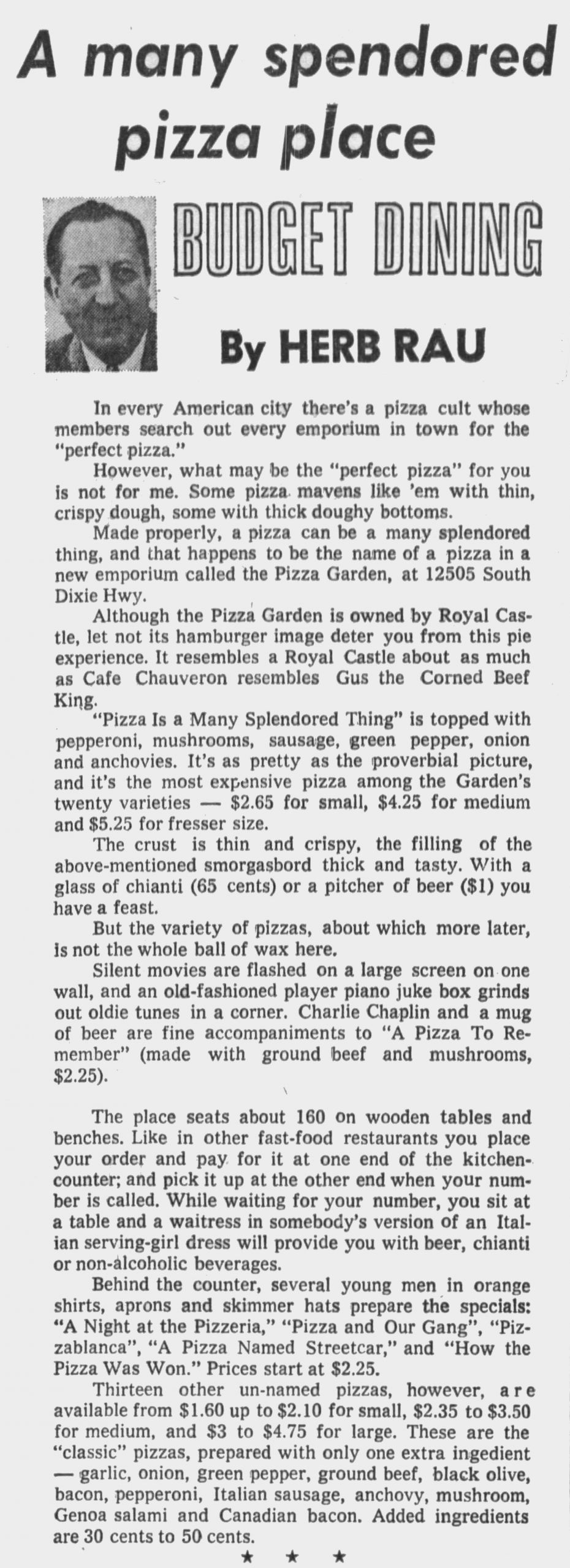

The Final Chapter: The End of the Royal Castle Chain
As Royal Castle Chairman & President Kleber Dunklin explained, the business faced significant challenges:
If you have a property that’s worth $120,000 and you’re only making a net profit of $5,000 a year then you aren’t getting a good return on your investment. And that was a position we were in.
Kleber Dunklin
To compete with the speed of larger chains like McDonald’s, Royal Castle began preparing burgers in advance, which unfortunately compromised their quality and taste. Attempts to rebrand and update the menu came too late. By 1975, stockholders began liquidating the company’s assets, with the final payment occurring in October 1979.
Remembering the Founder: Interview with William Singer
This news piece from February 9th, 1976, features an interview with Royal Castle founder William Singer, offering a poignant reflection on the chain’s closing.
The Last Stand: The Sole Remaining Royal Castle in Miami
It’s hard to believe that this once-dominant chain, with over 150 locations across several states (around 40 of them in the Miami-Dade, Broward & Monroe counties area), is now down to a single survivor. Located at 2700 NW 79th Street in Miami, this last Royal Castle is a true landmark.
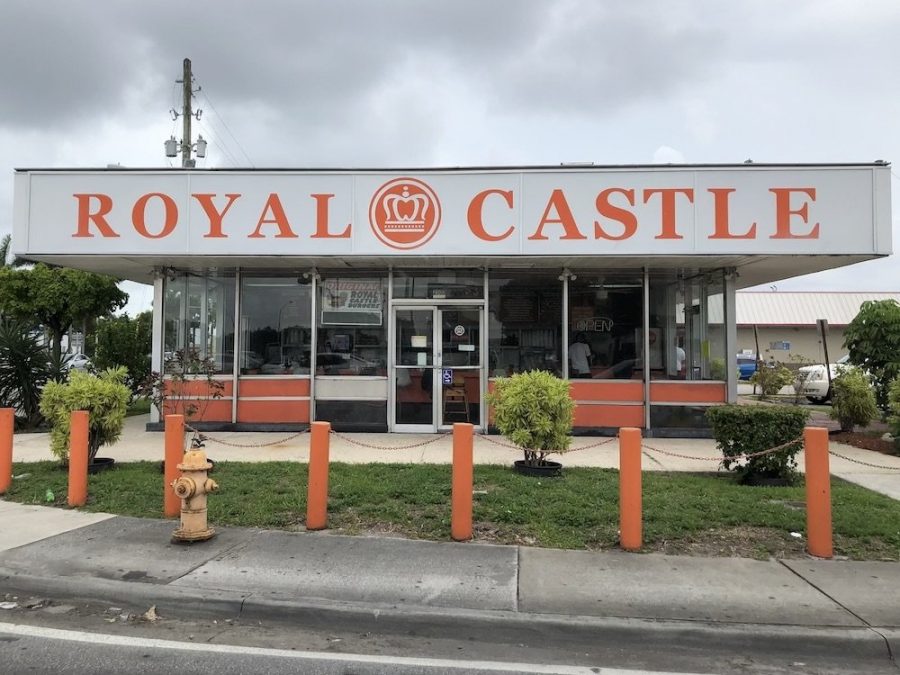

Jim Brimberry and his wife owned this location since the late 1970s, and in early 2019, their grandson James took over, continuing the legacy that William Singer started back in 1938.
And yes, those fantastic sliders are still on the menu! But don’t overlook the Feast Burger and be sure to wash it all down with their signature fountain Birch Beer.
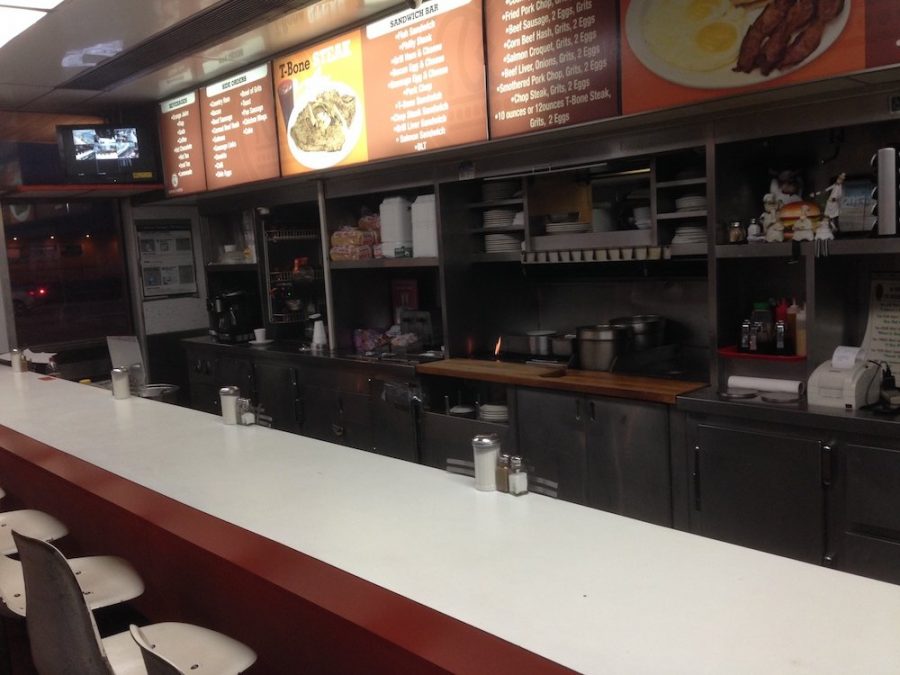

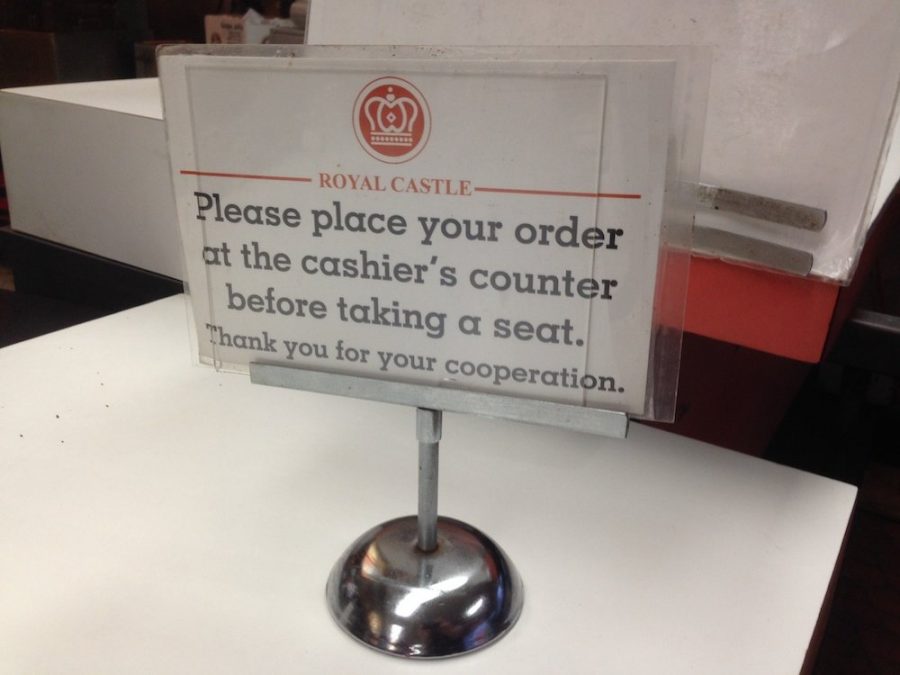

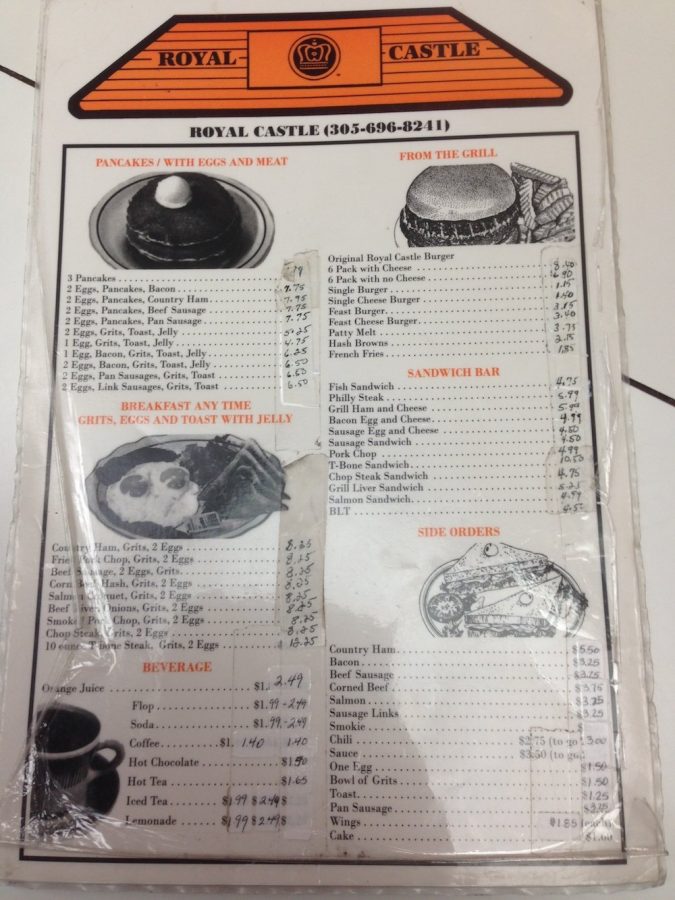

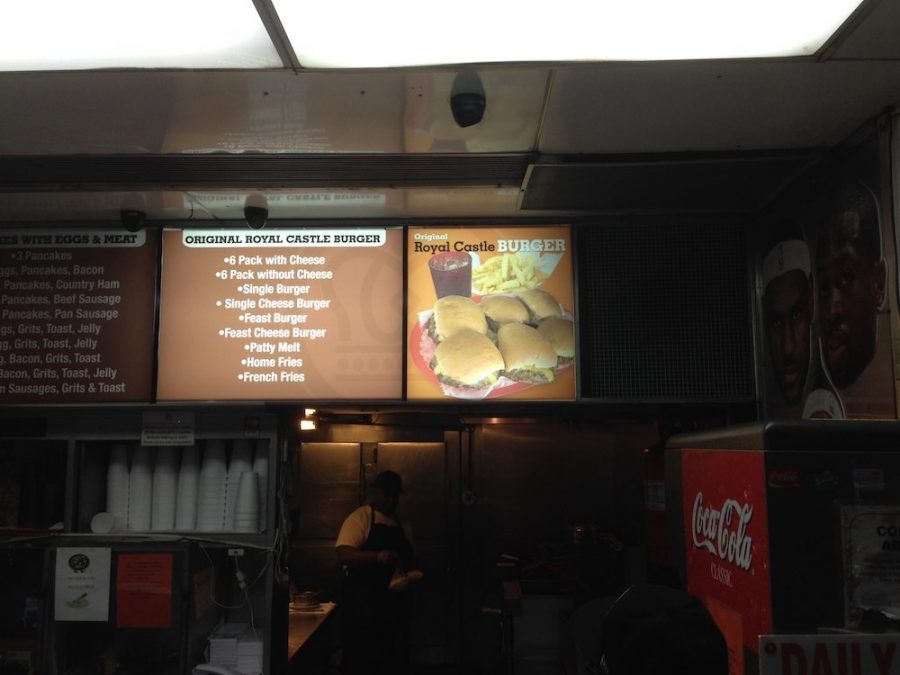

A Taste of the Present: Current Royal Castle Pictures
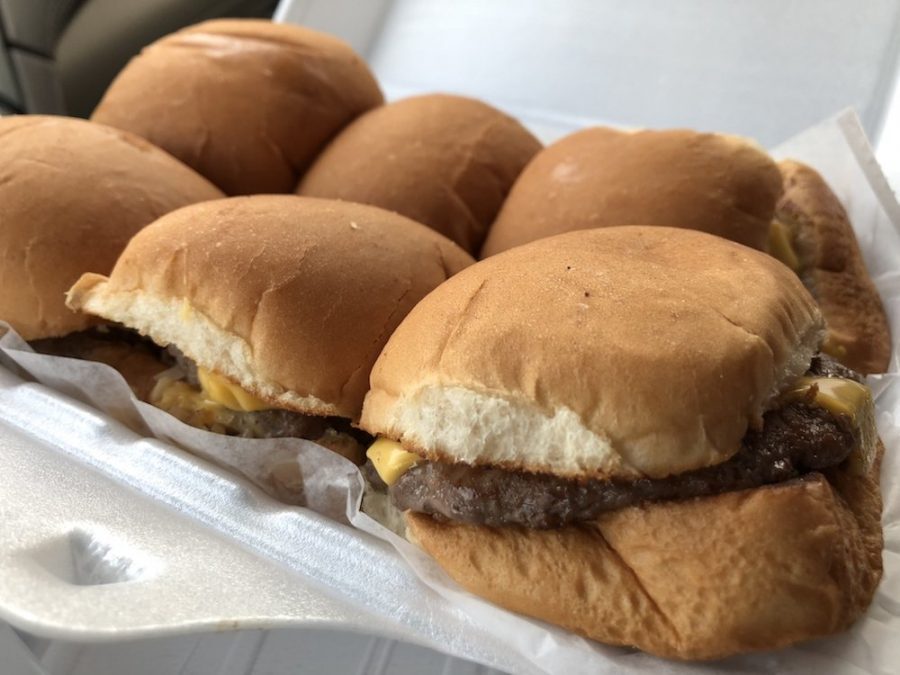

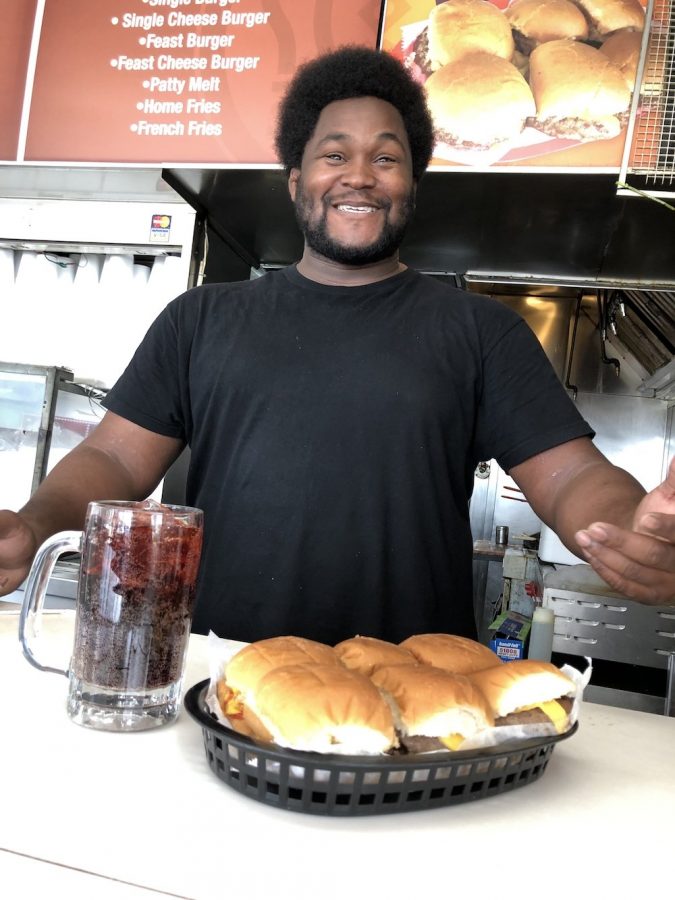

So, if you’re in Miami, take a trip back in time and support this iconic establishment. Experience a taste of history!
Royal Castle
2700 NW 79th Street
Miami, FL
(305) 696-8241
Instagram: https://www.instagram.com/miamiroyalcastle
Hours: Monday – Sunday, 7 am – 11 pm
A Glimpse into the Future That Wasn’t: Royal Carousel


Before Burger King arrived in Miami in 1954, Royal Castle had already been serving the city since 1938, truly making it the original Miami burger chain. In an effort to innovate, Royal Castle unveiled a new concept in April 1967: the Royal Carousel. This “restaurant of the future” aimed for greater automation and self-service.
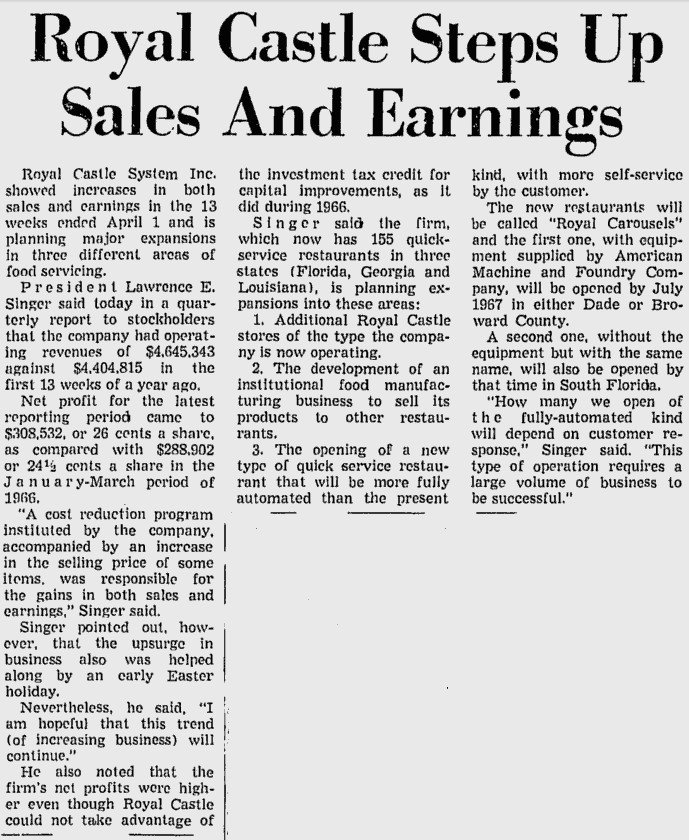

By July 1967, ads appeared seeking personnel for this new venture, located at *599 NE 167th Street in North Miami Beach (now a Taco Bell). The Miami Times and The Miami News both heralded the opening of Royal Carousel on August 23rd, 1967, touting it as the “first Electronic Restaurant in the Southeast.”
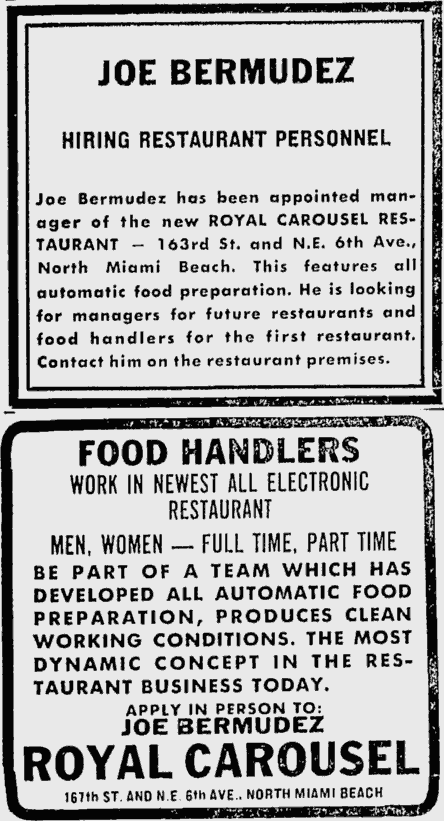

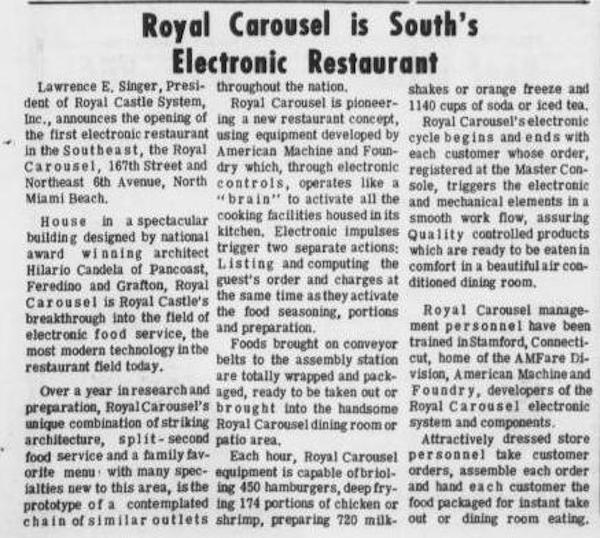

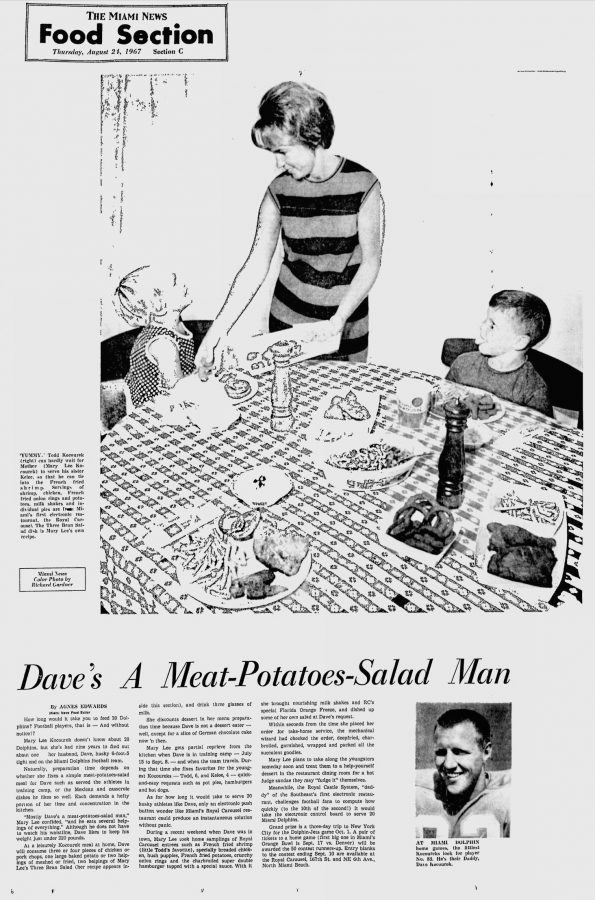

Customers would place their orders at a “Master Console,” and the food would be prepared and packaged by automated machinery. Interestingly, the Royal Carousel menu featured items not typically found at Royal Castle, such as french-fried shrimp, specially breaded chicken, and hush puppies.
They even offered a “Charbroiled Super Double Hamburger with a Special Sauce,” a departure from Royal Castle’s flat-top cooking method. The Royal Carousel also boasted an air-conditioned dining room, a notable amenity for fast food at the time.
Despite the initial buzz, the Royal Carousel concept only lasted about a year and never expanded beyond its original location. It seemed like an innovative idea that, for whatever reason, didn’t quite pan out.
Do you remember the Royal Carousel? Share your stories in the comments below!
Thanks to Phillip Pessar for tracking down the address in the 1968 Polks Directory.







